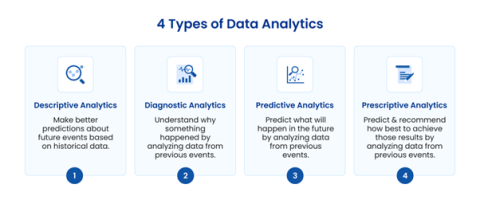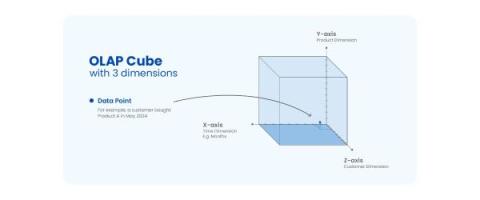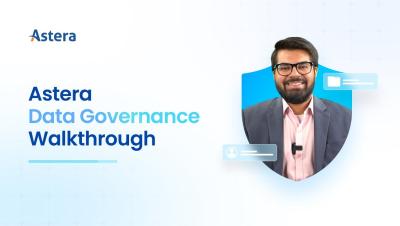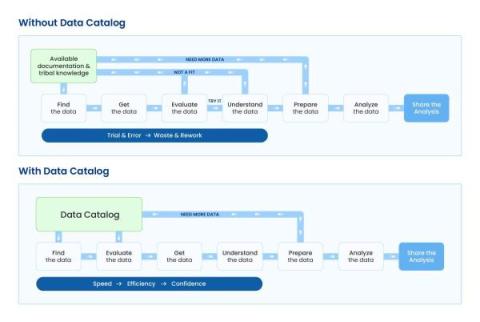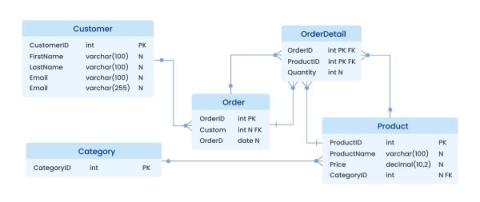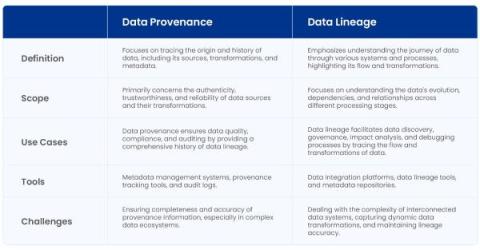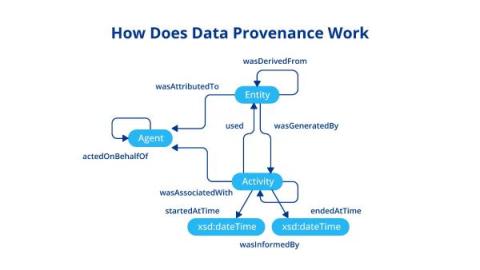A Complete Guide to Data Analytics
Data analytics is the science of analyzing raw data to draw conclusions about it. The process involves examining extensive data sets to uncover hidden patterns, correlations, and other insights. With today’s technology, data analytics can go beyond traditional analysis, incorporating artificial intelligence (AI) and machine learning (ML) algorithms that help process information faster than manual methods.


